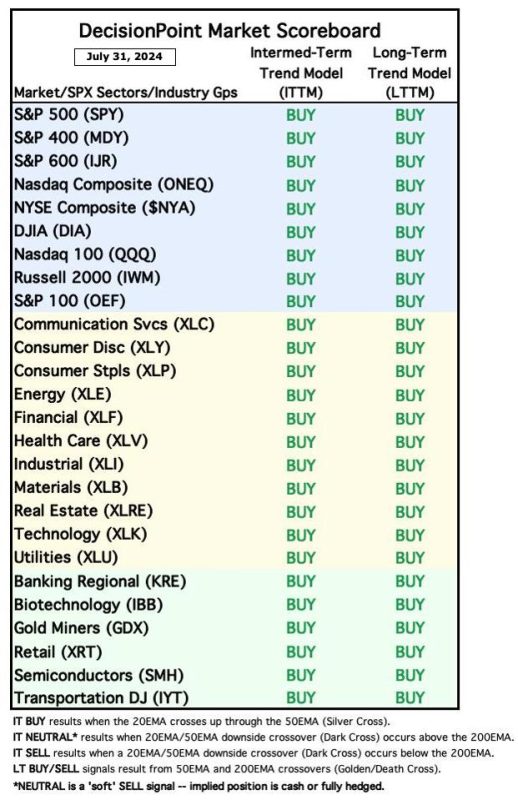In today’s rapidly evolving digital landscape, the balance between supply and demand for IT products and services plays a critical role in determining market trends and investment strategies. Recently, there has been a notable shift in the number of IT buy signals as highlighted by industry experts. This shift has raised concerns regarding the potential implications for businesses and investors alike.
One of the key factors contributing to the substantial deterioration in the number of IT buy signals is the increased competition within the technology sector. With numerous companies vying for market share and innovation becoming a key differentiator, identifying profitable investment opportunities has become increasingly challenging. This heightened competition has resulted in a more crowded marketplace, making it harder for investors to pinpoint undervalued assets.
Moreover, the rapid pace of technological advancements has introduced a level of uncertainty in the IT industry. Emerging technologies such as artificial intelligence, blockchain, and cloud computing have disrupted traditional business models, posing both opportunities and risks for investors. This uncertainty has made it more difficult to predict which IT companies will thrive in the long term, leading to a decrease in buy signals.
Additionally, macroeconomic factors have also played a role in the decline of IT buy signals. Global economic uncertainties, trade tensions, and geopolitical risks have created a sense of caution among investors, causing them to reevaluate their investment strategies. As a result, IT buy signals have been impacted by broader macroeconomic trends, further exacerbating the deterioration in market sentiment.
Furthermore, the rise of cybersecurity threats and data privacy concerns have added another layer of complexity to the IT industry. Companies are under increasing pressure to protect sensitive information and comply with regulations, leading to higher costs and greater scrutiny from investors. As a result, the perceived risks associated with investing in IT companies have increased, contributing to the decrease in buy signals.
In conclusion, the substantial deterioration in the number of IT buy signals reflects the complex and evolving nature of the technology sector. Factors such as increased competition, technological disruption, macroeconomic uncertainties, and cybersecurity risks have all played a role in shaping market trends. For businesses and investors, staying abreast of these developments and adapting their strategies accordingly will be crucial in navigating the changing landscape of the IT industry.


































